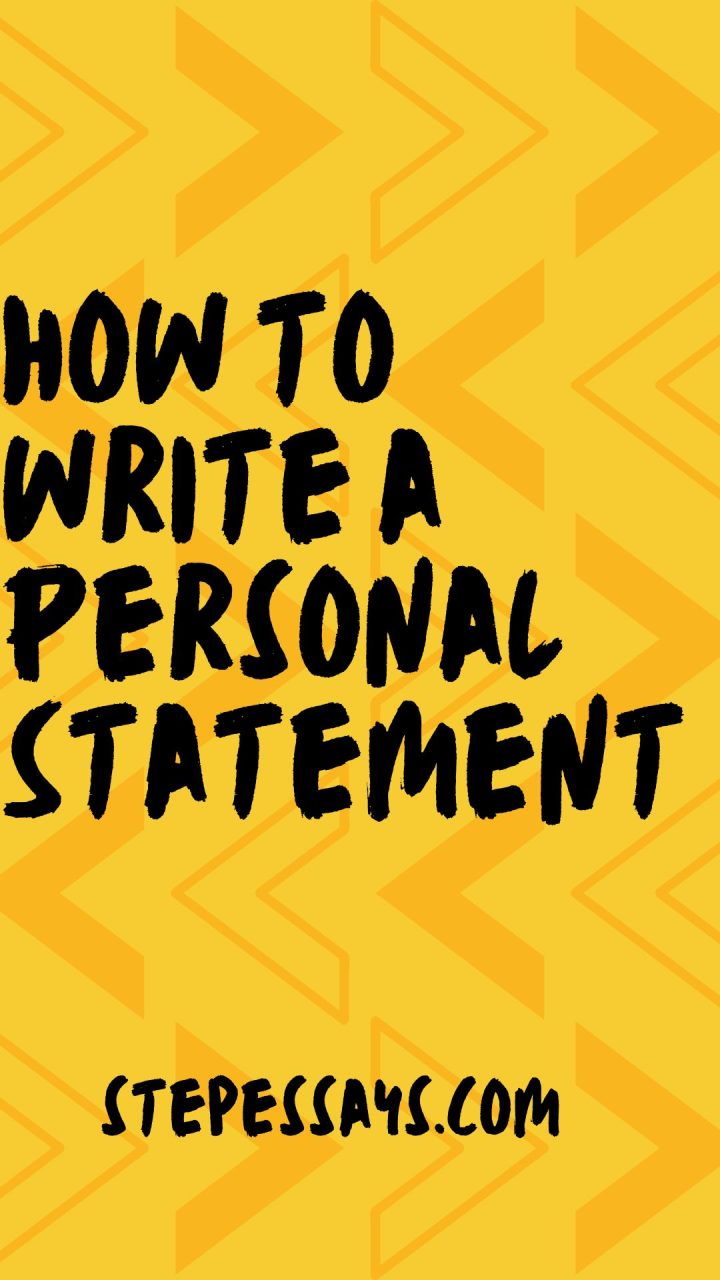Abstract
The abstract of a personal statement encapsulates the essence of the applicant’s narrative, providing a concise overview of their background, aspirations, and suitability for the opportunity. It serves as a snapshot that captures the reader’s attention and provides a glimpse into the applicant’s unique qualities and experiences. Within the abstract, key elements such as academic achievements, relevant experiences, skills, motivations, and future goals are succinctly summarized, offering insight into the applicant’s journey and aspirations. By distilling the essence of the personal statement into a brief yet impactful summary, the abstract sets the stage for the reader to look deeper into the applicant’s narrative, enticing them to explore the full breadth of their qualifications and potential contributions.

personal
Understanding the Purpose of a Personal Statement
Preparing for Writing
1. Self-Reflection:
Structuring Your Personal Statement

personal
1. Introduction:
2. Body Paragraphs:
3. Conclusion
Concluding your personal statement is a critical component in wrapping up your narrative and leaving a lasting impression on the reader. The conclusion should succinctly summarize the key points discussed throughout the statement, reinforcing the overarching theme or message you wish to convey. It’s an opportunity to reflect on your journey, reiterate your motivations and aspirations, and leave the reader with a sense of closure and conviction. Avoid introducing new information in the conclusion; instead, focus on leaving a memorable final thought or reflection that underscores your readiness and enthusiasm for the opportunity at hand. By crafting a compelling conclusion, you can leave the reader with a lasting impression of your strengths, passions, and potential, ultimately maximizing the impact of your personal statement.
People Also Asked
How to write a perfect personal vision statement
Crafting an Engaging Title for Your Personal Statement
How to write personal statement for a medical school
Writing Tips for Personal Statements
1. Be Authentic:
Authenticity is the cornerstone of an effective personal statement, serving as a guiding principle throughout the writing process. Embracing authenticity entails presenting oneself genuinely, without pretense or embellishment, allowing the reader to glimpse the true essence of the individual behind the words. It involves sharing personal experiences, insights, and aspirations in a sincere and transparent manner, rather than conforming to perceived expectations or attempting to portray oneself as someone they’re not. By being authentic, applicants can forge genuine connections with the reader, fostering empathy and resonance. Moreover, authenticity breeds confidence, enabling individuals to own their narratives and convey their unique perspectives and strengths with conviction. Ultimately, a personal statement rooted in authenticity not only resonates with the reader but also reflects the applicant’s integrity, character, and potential, setting the stage for a meaningful and impactful application.
2. Show, Don’t Tell:
4. Tailor Your Statement:
5. Demonstrate Growth:
1. Clichés and Generic Statements:
2. Overemphasis on Achievements:
An overemphasis on achievements is a common pitfall that applicants must be cautious of when crafting personal statements. While it’s important to highlight accomplishments and successes, focusing solely on achievements can overshadow other crucial aspects of the applicant’s personality and character. A personal statement should provide a holistic view of the individual, including their values, passions, motivations, and personal growth. Therefore, applicants should avoid listing achievements without providing context or reflecting on their significance. Instead, they should strive to convey the journey behind their accomplishments, discussing the challenges faced, lessons learned, and personal development experienced along the way. By striking a balance between achievements and personal insights, applicants can create a more processed and compelling narrative that resonates with the reader.
3. Negativity or Excuses:
4. Lack of Focus:
A lack of focus is a prevalent pitfall that applicants must steer clear of when crafting their personal statements. Without a clear direction or central theme, the statement may come across as disjointed and fail to convey a compelling narrative. It’s essential for applicants to identify a specific aspect of their experiences, goals, or values to anchor their statement around. This could involve selecting a key accomplishment, significant life event, or core passion to center the narrative on. By maintaining a clear focus throughout the statement, applicants can ensure coherence and relevance, allowing the reader to follow their story with ease. Additionally, a focused approach enables applicants to look deeper into their chosen topic, providing more meaningful insights and reflections. Ultimately, by avoiding the pitfall of lack of focus, applicants can create personal statements that are engaging, impactful, and memorable.
5. Procrastination:
Procrastination is a pervasive pitfall that applicants should diligently avoid when working on their personal statements. Delaying the writing process until the last minute can lead to rushed, uninspired work that fails to effectively represent the applicant’s true capabilities and aspirations. Instead, applicants should allocate sufficient time for brainstorming, drafting, editing, and revising their personal statement to ensure it is polished and reflective of their best work. By starting early and establishing a consistent writing schedule, applicants can alleviate the stress of looming deadlines and allow ample time for reflection and refinement. Additionally, early engagement with the writing process provides opportunities for seeking feedback from mentors, peers, or professionals, further enhancing the quality and effectiveness of the personal statement. By avoiding procrastination, applicants can maximize their chances of producing a compelling and impactful personal statement that resonates with the reader.
Conclusion
In the conclusion of a personal statement, the applicant strives to leave a lasting impression while reinforcing the central themes and messages conveyed throughout the narrative. It is an opportunity to reflect on the journey articulated within the statement, summarizing key experiences, achievements, and aspirations. By revisiting the overarching purpose of the statement, the conclusion aims to leave the reader with a sense of closure and conviction regarding the applicant’s suitability for the opportunity. Moreover, it may include a final reflection or statement that underscores the applicant’s readiness, enthusiasm, and commitment. Ultimately, a well-crafted conclusion serves to leave a memorable final impression, compelling the reader to consider the applicant as a strong candidate worthy of further consideration.
Frequently Asked Questions
How to format a Personal Statement Outline
Crafting a Compelling Personal Statement for Graduate School
How to create a personal mission statement
Essay Example



